A transformer winding is a key component of any transformer. Without it, transformers would not be able to function. Understanding what a transformer winding is and how it works is essential to understanding how transformers work. Keep reading to learn all about transformer windings!
What is Transformer Winding?
A transformer consists of two or more sets of coils, usually referred to as the primary and the secondary, that are wound onto a single core. The primary windings accept incoming alternating current (AC) power from an external source and convert it into a magnetic field. This field is then transferred to the secondary windings which transform the AC into a lower voltage AC output suitable for use in low-power applications.
Transformer winding can also be used to increase or decrease AC voltage or convert AC voltage between two different frequencies. In this way, transformers are essential components in many circuits, especially those in the industrial sector where large amounts of power must be processed.
By weaving the primary and secondary coils in an “S” pattern, a wave winding is formed; this arrangement efficiently transfers energy from the primary to the secondary coil. A lap winding uses adjacent turns to pass current back and forth between the two coils, making it more suitable for high-power applications where efficiency is important.
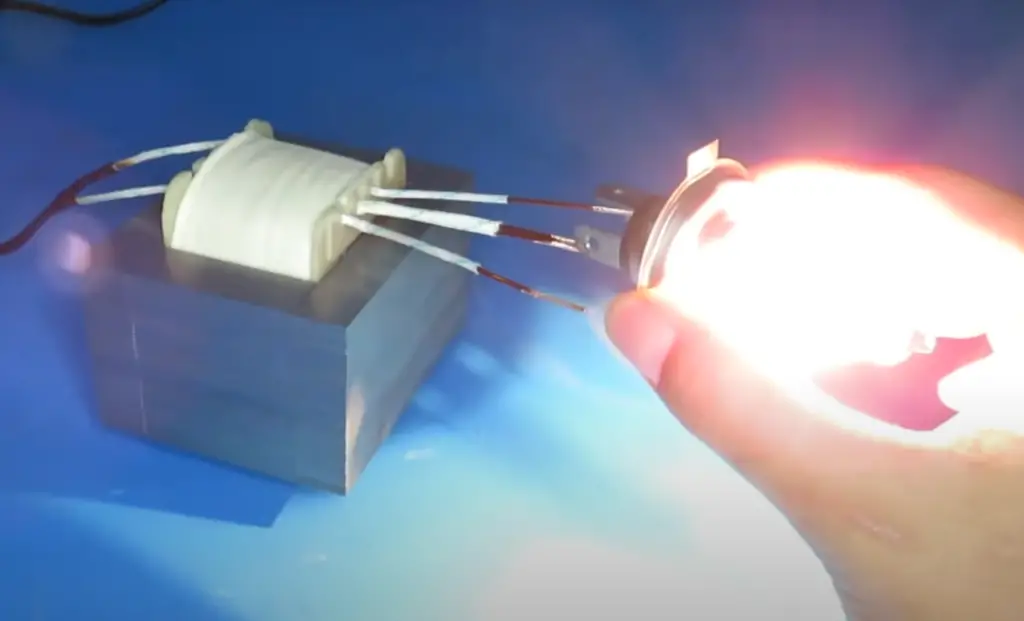
Regardless of type, all transformer windings must be carefully designed and constructed in order to ensure maximum performance and reliability. Traditionally, this was done manually by experienced engineers working with specialized machines but today most transformers are produced using automated processes that help reduce production costs while maintaining quality standards. [1]
Transformer Winding Design
Material Used in Transformer Winding
The physical construction of a transformer winding is usually composed of copper or aluminum wire, paper or fiber-glass insulation materials, and various types of oils. Copper is the most commonly used material for transformer windings as it has superior electrical conductivity compared to aluminum and other materials.
The thickness of the wire used in windings will depend on the voltage rating, power rating, and frequency range for which the transformer is designed. Paper or fiber-glass insulation layers are wrapped around each layer (or coil) of the winding to ensure that there is no risk of short circuits between the coils due to accidental contact with one another.
Additionally, mineral oil or silicone fluid may be incorporated into a winding design to provide additional cooling capacity and protection against corrosion.
Transposition of Conductors in Transformer Winding
The purpose of transposition in transformer winding designs is to minimize the effect of magnetizing inductance and leakage flux. Transposition can be achieved by arranging the conductors such that two adjacent conductors are wound in opposite directions. This arrangement helps to reduce capacitive effects between windings, resulting in improved performance. Additionally, transposition also helps to reduce noise and voltage distortion caused by magnetic hysteresis losses, as well as improve temperature rise across all parts of a transformer winding. [2]
Positioning of HV and LV Windings in a Transformer
The HV (High Voltage) and LV (Low Voltage) windings of a transformer are usually placed in close proximity to one another. This arrangement helps to reduce the magnitude of magnetizing inductance and leakage flux, resulting in improved efficiency. Additionally, positioning the windings closer together also reduces the space requirements for installation, making it more cost-effective. In some cases, the HV and LV windings may be physically separated by thin insulating layers with gaps between them. This arrangement allows for additional cooling capacity as well as protection against accidental contact between the two windings.
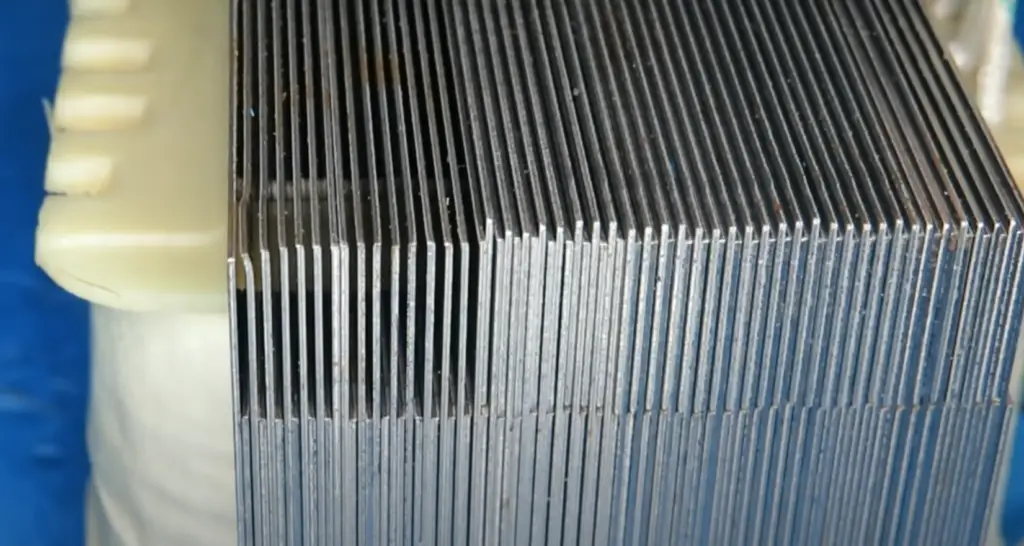
Transformer Winding Assembly
It is the process of connecting a winding to a transformer core for the purpose of changing electrical energy from one form to another. This is done by using different coil configurations and materials that are chosen based on the desired application. The complexity of a transformer winding assembly depends on its size and voltage rating, as well as the type of current being used. It is important to use quality materials when constructing assemblies since their performance can be affected by environmental factors such as temperature, humidity, vibration, and shock.
Transformer windings also need to be constructed with extreme accuracy to ensure optimal performance throughout its lifetime. Depending on its application, both manual and automated techniques may be used in creating the necessary connections between coil leads and terminals. Quality control measures must be implemented during all phases of the assembly process to ensure that windings are free from short-circuits and other defects. The final steps in a transformer winding assembly involve the insulation, mounting, and wiring processes. Quality insulating materials must be used to prevent the accidental discharge of electricity within the unit. Additionally, all components must be securely mounted on the frame and wired together according to electrical specifications.
Once these steps have been completed, a thorough testing procedure should be done to verify proper operation before shipping it off for installation in its designated space. [3]
Concentric and Sandwich Windings
A transformer winding can be constructed in two main ways: a concentric winding or a sandwich winding. A concentric winding is the most common type of transformer winding and consists of two windings that are wound onto the same core. The windings are wound in such a way that there are different layers of wire, with each layer having its own coil of wire. This design increases flexibility and allows for better insulation between the windings.
In contrast to a concentric winding, a sandwich winding has two separate cores and thus requires two separate sets of coils. In this design, one side of the transformer contains all primary coils while the other side contains only secondary coils. This design offers increased efficiency as it reduces coupling losses between the primary and secondary coils. Additionally, this design allows for better regulation of the current flow in the transformer and reduces eddy current losses as well.
The choice between a concentric winding or sandwich winding will depend on the application at hand and its requirements such as size and efficiency. Some other factors that need to be taken into consideration when deciding which type of winding to use are cost, weight, temperature rise, and size constraints. Ultimately, both designs offer advantages and drawbacks depending on the application, so careful consideration should be given when selecting which transformer winding is most suitable for your project. [4]
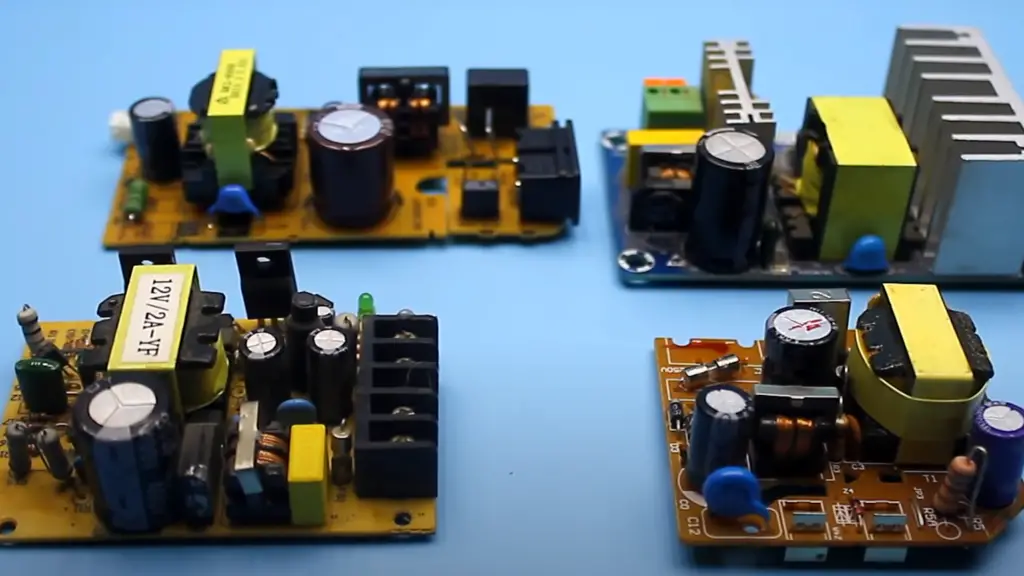
Types of Transformer Windings
Cylindrical Windings
Cylindrical windings are used in transformers to create a winding with more surface area and thus higher current capacity. These types of windings usually have the wire wrapped around a cylindrical former, or “jacket”, that is made of insulation material such as paper-based insulation or polyester film. This type of winding is commonly used in high-voltage applications, because of its increased surface area and greater energy efficiency.
Helical Windings
Helical windings are made by winding the wire in a helical pattern around an insulation core. This type of winding allows for more turns of the wire, increasing the voltage output and energy efficiency. Helical windings are typically used in low-voltage transformers because they can provide higher current with less resistance than cylindrical windings.
Honeycomb Windings
Honeycomb windings are similar to helical windings but with wires that are wrapped in a series of hexagonal shapes instead of a single coil. This gives honeycomb windings greater flexibility and increased surface area, allowing them to be used in both high- and low-voltage applications. Honeycomb windings are also more efficient than other types of windings and offer greater energy efficiency.
Crossover Windings
This creates two separate layers for each turn, which helps to increase energy efficiency and reduce heat loss. Crossover windings are commonly used in medium-voltage transformers and can be found in both cylindrical and helical types.
Continuous Disc Windings
This type of winding gives a transformer higher voltage and current capacity than other windings while simultaneously lowering its size and weight. Continuous disc windings are commonly used in high-voltage transformers where size and weight are important factors.
Layer Windings
Layer windings are made by winding the wire in layers on top of each other until the desired number of turns is reached. This type of winding maximizes surface area and helps keep heat losses to a minimum. Layer windings are typically used in low-voltage transformers, but they can also be found in high-voltage applications as well.
Foil Windings
Foil windings consist of one or more layers of copper or aluminum foil wound around two spools, usually known as the primary and secondary windings. These windings are connected in either a closed-loop (self-regulating) or open-loop (non-self-regulating) design. Each layer is separated by an insulation material such as paper, plastic film, or mica tape to prevent shorting between different turns. The number of layers depends on the required current capacity and voltage rating for each winding. [5]
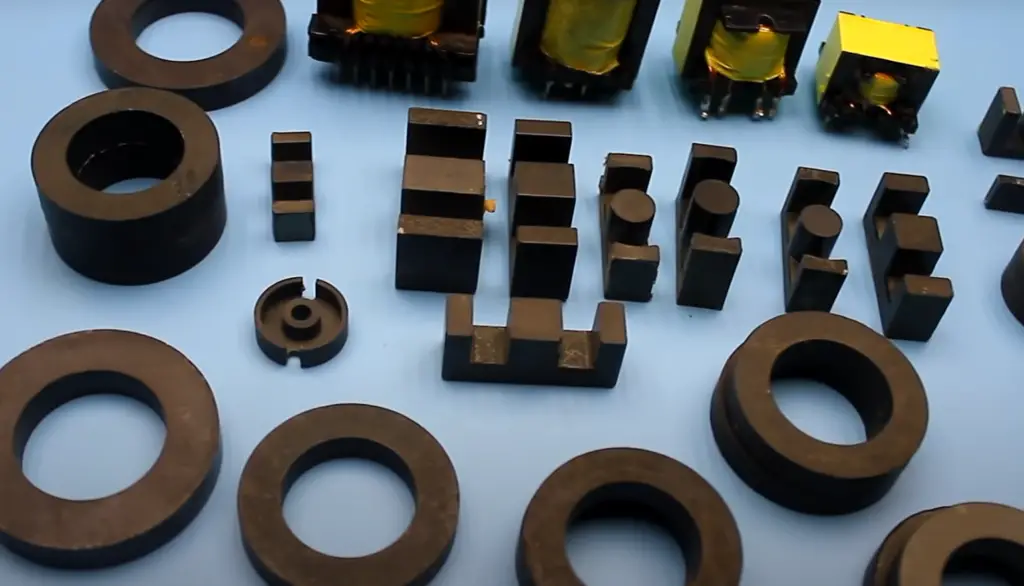
Uses of Cylindrical Windings
They are used in high voltage transformers, such as power transformers, to provide increased insulation between individual coils. Cylindrical windings can be further subdivided into open winding (also known as disc-type) and stacked winding (also known as coil-type).
Open wound windings are typically used for lower voltage applications, while stacked wound windings are better suited for higher voltages.
In both cases, the space between the layers of coils creates an air gap which helps protect against electrical leakage or short circuiting. Additionally, the cylindrical shape of the winding helps reduce eddy current losses.
Cylindrical windings are used in a wide variety of applications, including power transformers, solar energy systems, electrical motors and generators, as well as communication networks. They are highly efficient and reliable components that ensure safe operation of the device or system.
In addition to their uses in transformers, cylindrical windings can be found in various other electronic devices such as relays and switches. By using these windings it is possible to reduce the size and weight of electronic equipment while still providing adequate insulation for safety purposes. Therefore, they offer an important cost-saving measure when designing small-scale electronics projects.
Finally, cylindrical windings have also been used as a means of inductive heating, allowing for faster and more efficient production of metal parts. This process has been used in a variety of industries, including automotive, electronics and aerospace.
Advantages of Transformer Windings
Transformer windings offer a number of advantages compared to other types of winding designs.
One of the biggest advantages is that they are able to provide higher voltage outputs than other coils due to their increased efficiency. This means that more power can be generated with less energy input from the transformer itself, resulting in less energy wastage and greater cost savings for the user.
Additionally, transformer windings are also much more resistant to short-circuiting and interference from external sources like stray electromagnetic fields. This makes them ideal for use in closed loop systems where electrical isolation is required.
Finally, transformer windings are also much easier to maintain as they require fewer components and connections than other winding designs. All of these qualities make transformer windings an excellent choice for many applications.
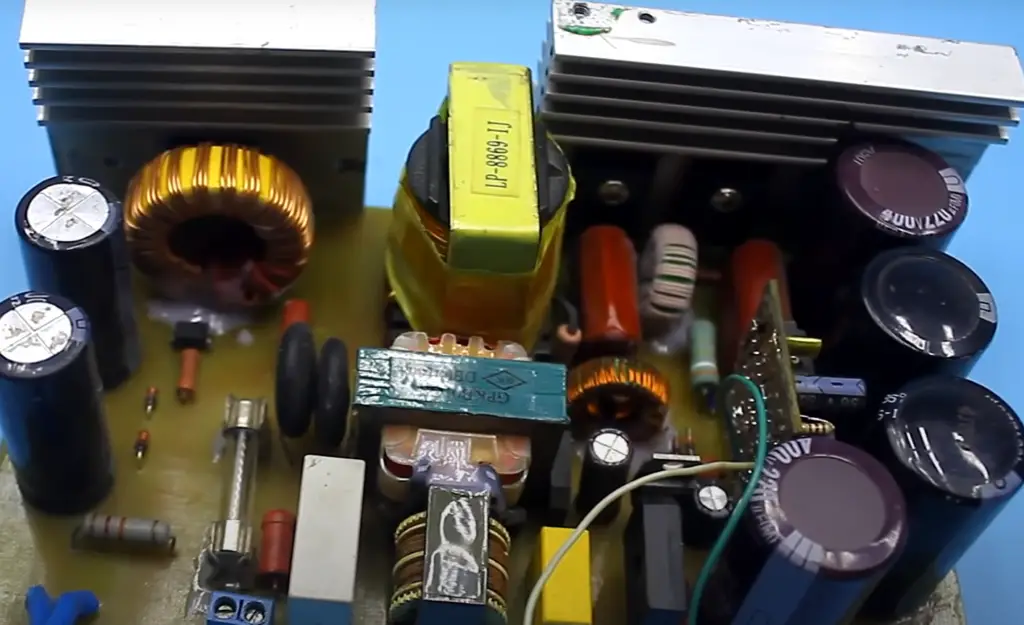
In summary, transformer windings offer a number of advantages, including higher voltage outputs, greater resistance to short-circuiting and interference, and easier maintenance requirements. These qualities make them an ideal choice for many power generation and energy storage applications. [6]
Disadvantages of Transformer Windings
Transformer windings can be quite costly, as they typically involve larger cores and several layers of insulation material. Additionally, winding a transformer requires skill and precision to ensure that the core components are properly aligned and insulated. Without proper insulation, the transformer could overheat or malfunction during operation.
Other potential issues include poor efficiency due to inadequate cooling of the windings, as well as limited voltage regulation range when using multiple winding sets. This means that transformers with multiple winding sets may not be able to deliver consistent output power across different load conditions.
Finally, manufacturing a transformer requires more time than other types of electrical equipment since each layer of wire must be carefully wound around the core in order to avoid any short circuits or mechanical faults. As such, these types of transformers may take longer to construct and require more skilled labor during the winding process.
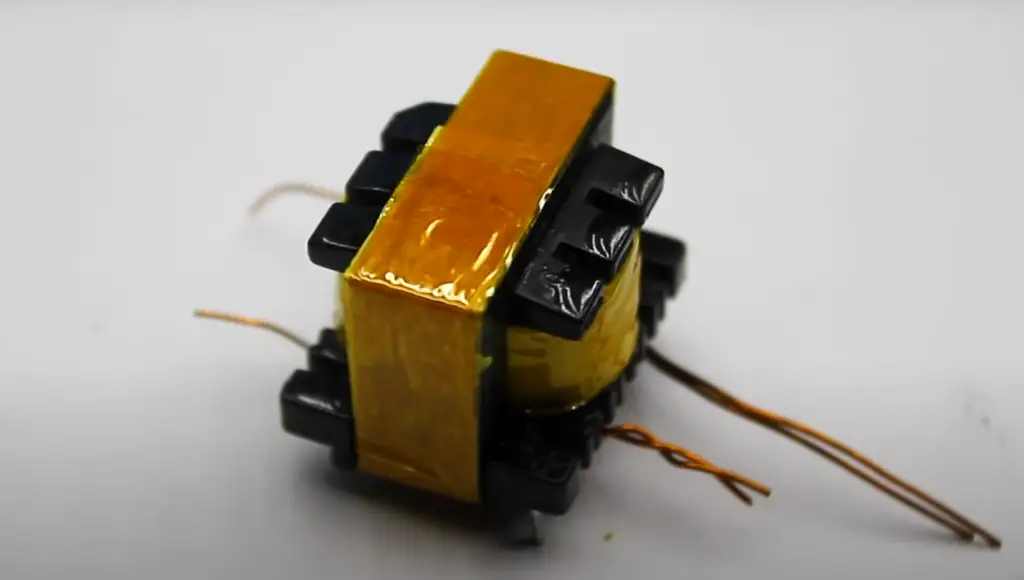
Transformer Winding Temperature Indicator
The TWTI measures the resistance of the winding, which directly correlates to its temperature. By measuring this change in resistance, an accurate reading on how hot or cold a certain winding is can be obtained.
This information can then be relayed to an operator who can take appropriate action as needed. The TWTI is also important for preventing overheating and potential damage to a transformer’s components due to excessive temperatures. A well-maintained TWTI will ensure that all readings are accurate and that any necessary corrective measures can be taken before serious damage occurs. Additionally, integrating other sensors into a TWTI system can provide additional and more precise readings.
Overall, the TWTI is an important device for maintaining a transformer’s health and performance by providing accurate temperature readings of its windings. Through regular maintenance and calibration, this device can help prevent overheating and damage to a transformer’s components, ensuring that it stays safe and efficient during operation.
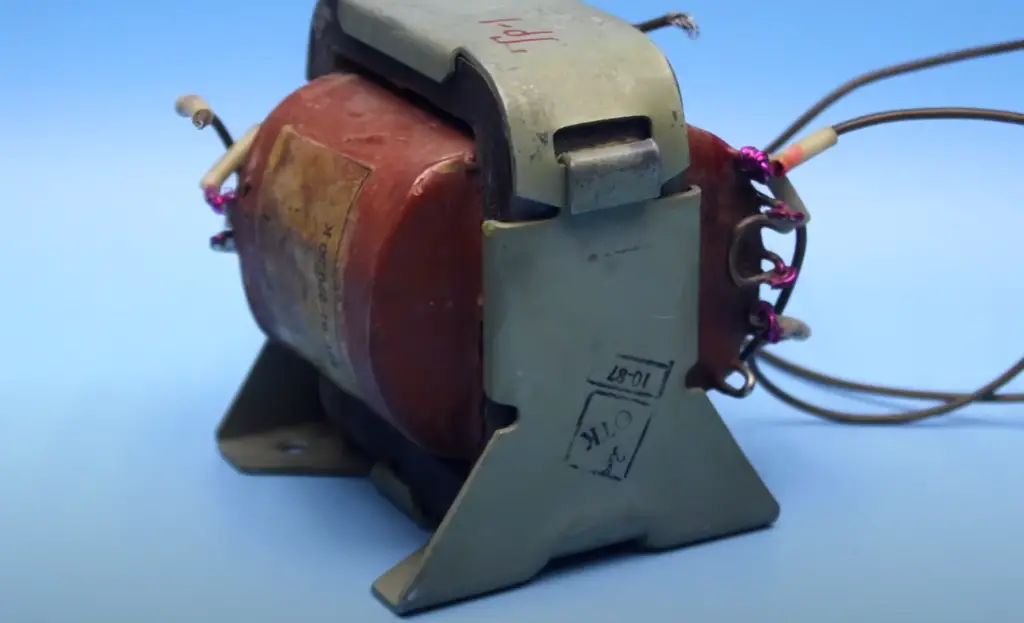
FAQ
Why is winding used in transformers?
Winding is used in transformers to create an electromagnetic field that can be used to transfer electrical energy from one circuit to another. The transformer winding consists of coils of insulated copper wire, which are wound around a core made from high-permeability material such as iron or ferrite. By controlling the number and arrangement of turns in the windings, engineers are able to adjust various characteristics such as voltage ratio and impedance matching for the desired application. Winding also creates a low-resistance path for electric current to flow between the primary and secondary circuits. This enables efficient power conversion within the transformer while ensuring minimal losses due to resistance heating.
What is transformer winding made up of?
Transformer winding is composed of a series of insulated copper or aluminum conductors wound together. It is important that each strand in the winding be properly insulated to prevent short circuits between adjacent windings and ground, which could lead to damage in the transformer. The insulation should also provide sufficient electrical strength so that it does not break down during normal operation. High quality materials are used for transformer winding, including enameled wire, resin-bonded paper, mica tapes and varnish impregnated cloths. Additionally, some transformers use multiple layers of windings in order to increase their voltage and current ratings. Each layer of winding may have different numbers of turns and thicknesses depending on the application.
Transformer winding can also incorporate additional features such as core strengthening, which is important for large transformers. Core strengthening helps to avoid excessive heating and reduces the risk of catastrophic failure in an overloaded transformer. The winding process requires careful design and construction procedures to ensure a high quality product that will provide reliable performance over time.
What is transformer coil vs winding?
The electric current traveling through the primary winding of the transformer induces a magnetic flux, which then creates a voltage in the secondary winding. This process allows for faster and more efficient power transfer between two points. A transformer winding, on the other hand, refers to one single wrap or turn of the insulated wire around itself; it may be part of either the primary or secondary winding depending on its location in relation to each other. Transformer windings can also be constructed with multiple layers or multiple turns to increase their efficiency and provide additional protection against short-circuiting and arcing. In addition, they are often used as inductors in many electrical circuits. Windings may be made from copper, aluminum, or other conductive materials depending on their intended application and desired performance.
What is the difference between main winding and starting winding?
The main winding and the starting winding are key components in a transformer. The main winding is responsible for receiving AC voltage from the source, and then transmitting it to the load. The starting winding is used during startup of the transformer to reduce current draw on the main winding when energizing, as well as supplying additional current for inrush protection. When power is applied to the transformer, the high voltage start-up coil will activate first before any current reaches the main windings. The higher inrush current provided by this start-up coil allows for smoother energizing of the transformer and decreased stress on other components such as fuses or breakers. After power has been successfully established in a transformer, both windings will be carrying electricity and the start-up coil will be bypassed. The main winding is then used to transmit power from the source to the load, and can be adjusted depending on load requirements.
What is E1 and E2 in a transformer?
E1 and E2 are two types of winding found in a transformer. The E1 winding is the primary winding, which receives electrical energy from an external source and steps it up or down to the desired voltage level. The secondary winding, known as the E2 winding, takes the stepped-up or stepped-down voltage from the primary side and delivers it to the load. The number of turns on each coil can be adjusted depending on how much change in voltage is needed for a given application. Both windings are usually made of insulated copper wire wrapped into one or multiple layers around either an iron core (for high power transformers) or a ferrite core (for low power transformers). Depending on certain design parameters, different types of winding construction can be used, such as concentric, layered, and interleaved windings.
How many coils are in a transformer?
The number of coils in a transformer depends on the specific design and application. Generally speaking, most transformers will have either two or three coils, but higher-power designs may include more than three windings. Additionally, certain types of transformers can contain up to seven coils. For example, an audio transformer might have two primary windings (E1 & E2) and four secondary windings for output signals at various impedance levels.
Useful Video: Transformer Primary Winding
Conclusion
In conclusion, transformers are essential electronic devices used to transfer electrical energy from one circuit to another. They consist of two distinct coils or windings that convert alternating current into a different voltage level for use in various applications. The primary and secondary windings act as inductors, with the iron core acting as an electromagnetic medium to allow them to interact with each other. While transformer winding designs vary from type to type, the number of turns on each coil will determine the impedance or resistance of the transformer—a key factor when selecting the appropriate device for a particular application. Ultimately, understanding how transformer windings work is important for designing and maintaining effective power systems.
References
- https://uk.megger.com/applications/transformers/windings-and-leads
- https://www.elprocus.com/transformer-winding/
- https://www.galco.com/comp/prod/trnsfmrs.htm
- https://www.electronics-tutorials.ws/transformer/transformer-basics.html
- https://www.electrical4u.com/transformer-winding/
- https://www.electricalclassroom.com/types-of-transformer-windings/





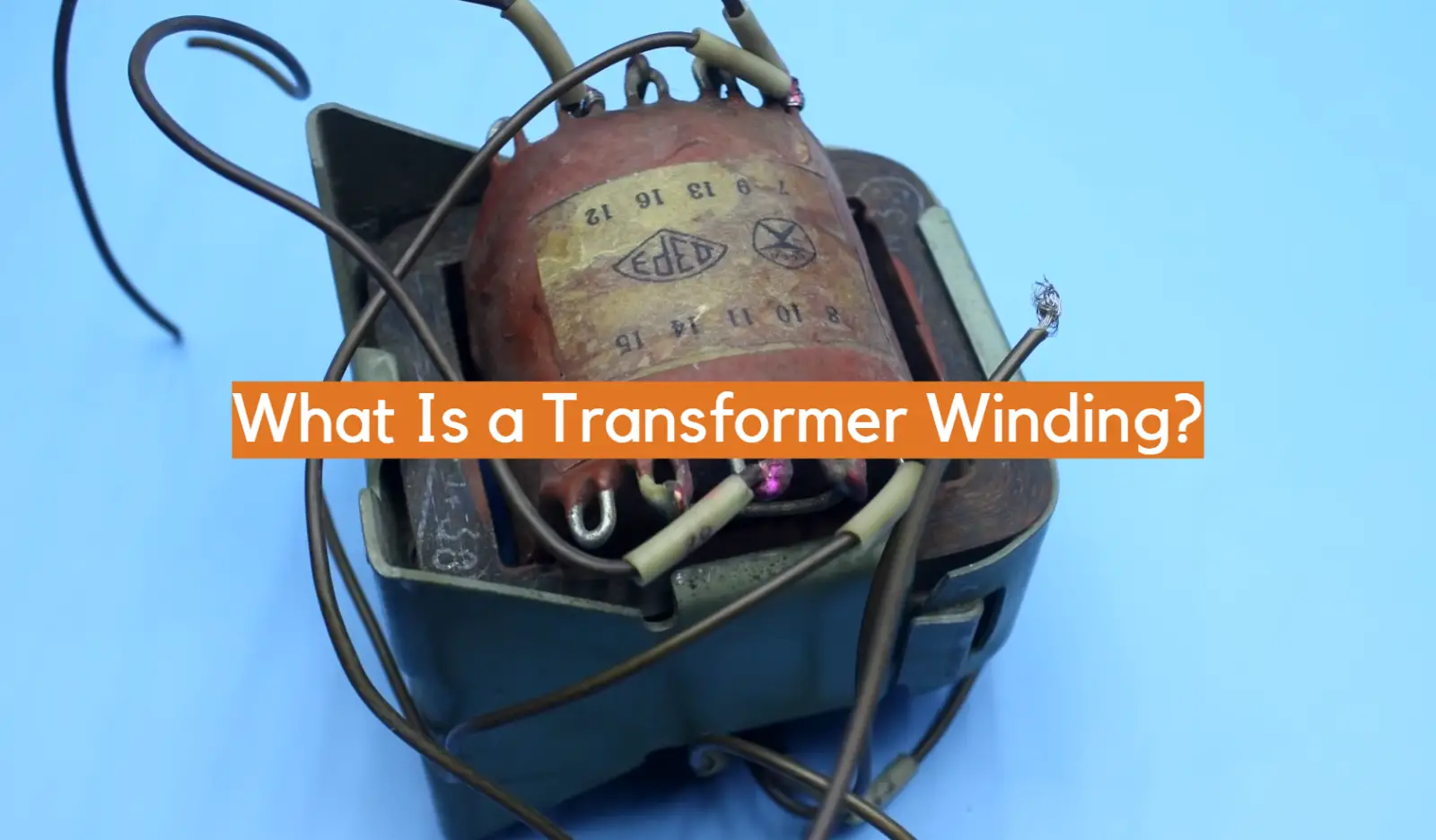




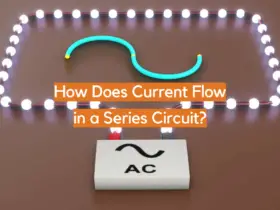
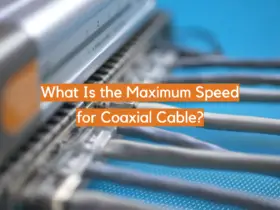


Leave a Reply